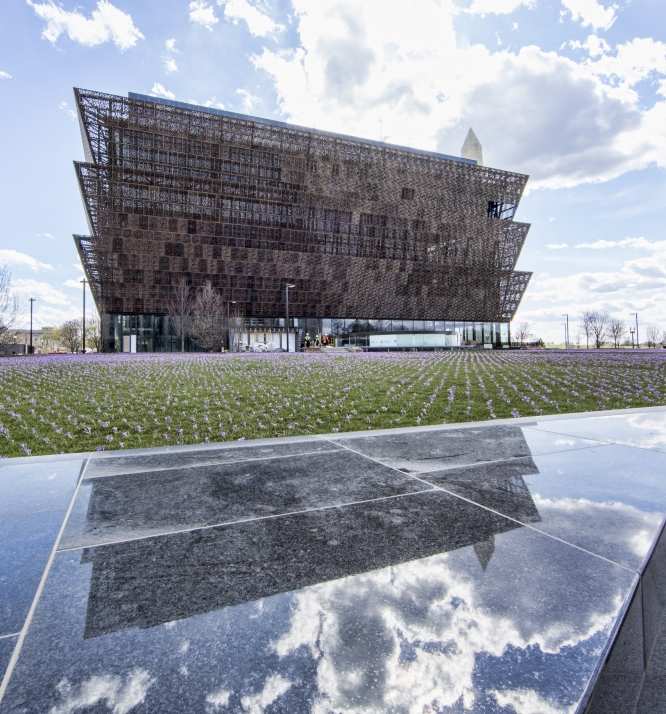From the founding of the Smithsonian in 1846, African Americans have made substantive, but often unacknowledged, contributions to the Smithsonian. Explore the contributions African American employees at the Smithsonian have made to the Institution and the challenges they have faced.

The City of Washington ended the slave trade in 1850 and emancipated slaves in 1862. Though slave catchers attempted to abduct fugitives from slavery on the streets of the nation’s capital through much of the Civil War, the District of Columbia soon became one of the safer sites for African Americans to live. Government jobs provided stable employment, as did the new Smithsonian. For African Americans interested in science, the arts, history and culture, the Smithsonian provided unique and interesting employment opportunities where they could learn and grow—within limits. African Americans have always worked for the Smithsonian’s security and facilities departments, ensuring the safety of the staff and collections, but by the late 19th century some were able to move into positions where they worked with collections, administration, and research. From the first African American employee, Solomon G. Brown, to the founding director of the new
National Museum of African American History and Culture (NMAAHC),
Lonnie Bunch, African Americans have had to break barriers but also found fulfilling opportunities working for what is now the largest museum and research complex in the world. In the early 20th century, African Americans interested in intellectual pursuits were able to build careers as museum aids, working with collections, assisting researchers, and sometimes cultivating sympathetic white mentors. These included Solomon Brown, who was hired in 1850 and worked closely with two Smithsonian Secretaries before his retirement in 1906. And, in the 1920s, the Smithsonian hired Barry Hampton as a museum aid, Harry Harden as a taxidermist, and Glenn Martin as a gallery aid in the National Museum.

However, it was not until after the Civil Rights movement of the 1960s that African American employees were able to secure professional positions and advance their careers on their own merits. The Smithsonian’s museums have always been open to anyone who wished to visit. But, it was not until the promotion of these African American museum professionals that the African American experience began to appear regularly in museum exhibits. Even then, progress was slow and resistance was often encountered.
Beginning with the 1967 creation of the Anacostia Museum that focused on local African American history with John Kinard as its director, African Americans began to play an increasingly significant role in the direction of the Smithsonian. In 1972, Leon Higginbotham was appointed to the Smithsonian Board of Regents, and in 1974 Julian Euell became Assistant Secretary for Public Service. By 1980 the National Air and Space Museum appointed Louis Purnell as the first African American curator at SI. In 2003, the National Museum of African American History and Culture was created with Lonnie Bunch as founding director.
With the opening of NMAAHC in 2016, the Smithsonian will be a center of research and education about the role of African Americans in US history. Learn about some of the African Americans who helped build the Smithsonian and make it what it is today.




